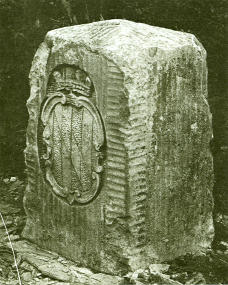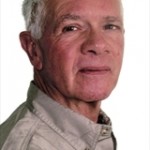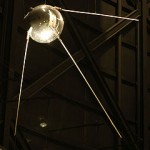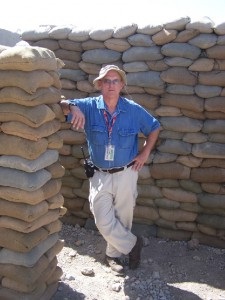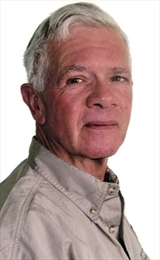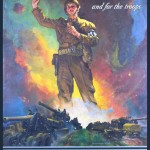Following Will
Post #2 covers:
- How the road reports happen
- Will’s education choice
- Introducing transition guides
Will Coulter is in the driver’s seat of his post military life story. Every two weeks we also find him in his vehicle where he reports on his personal experience in his transition from active military duty to civilian life.
He’s allowed Military Success Network to ‘shadow’ him for the past 11 weeks since our first “meeting” on the phone to talk about how this series we call FOLLOWING WILL, might help others. Will and I speak every two weeks. Our posts may slide back and forth in time depending on what we end up talking about. (Read our introductory post) [Read more…]


